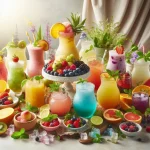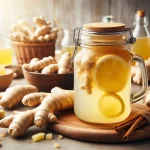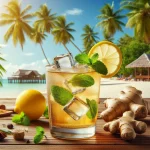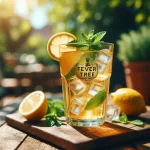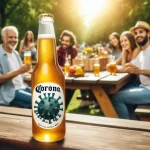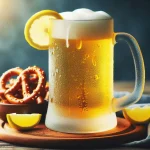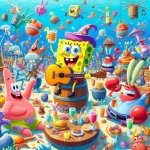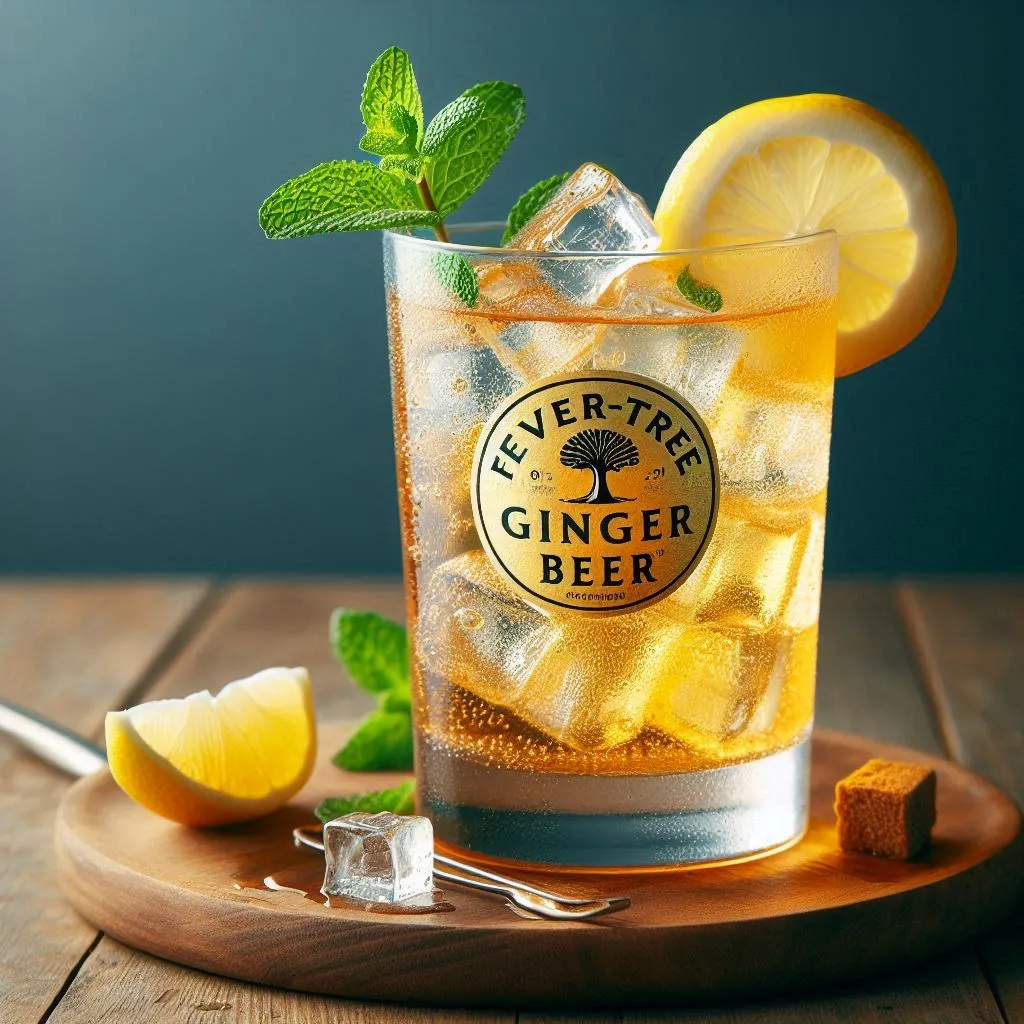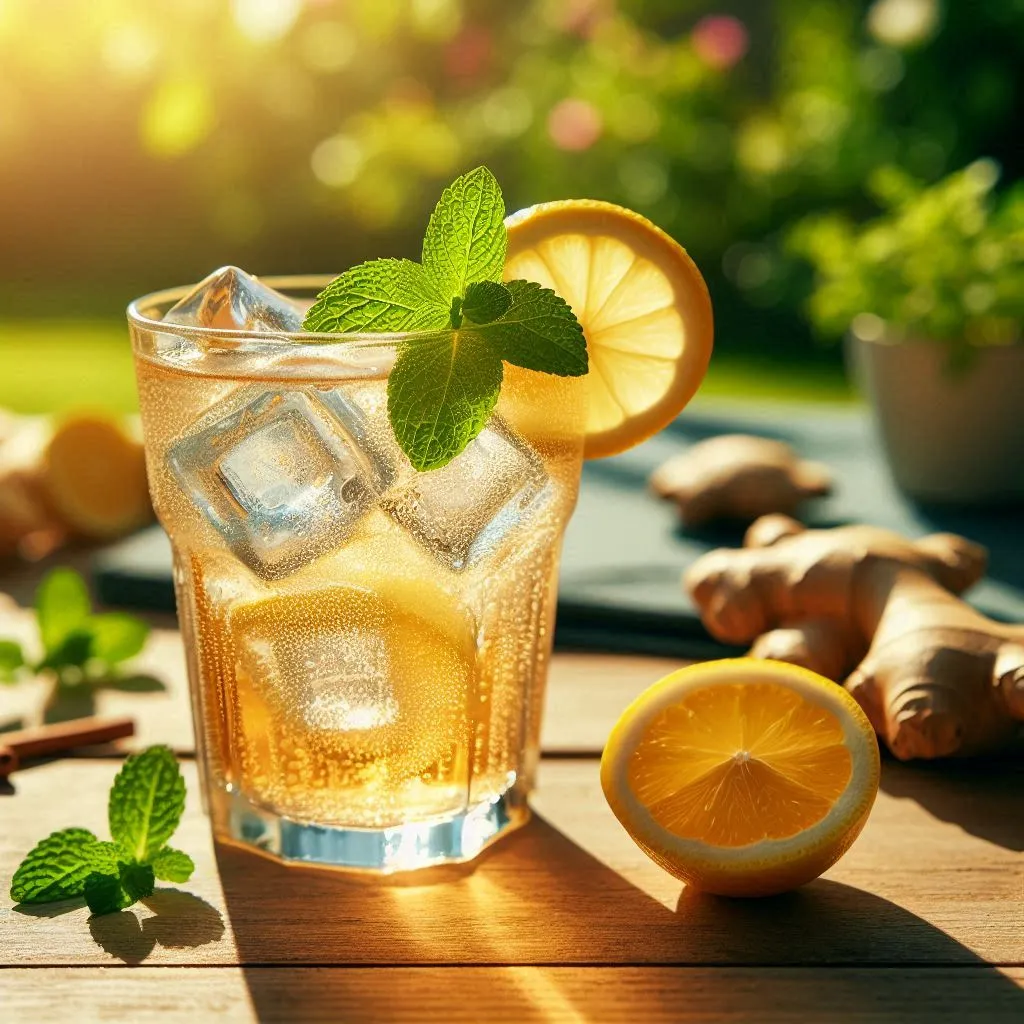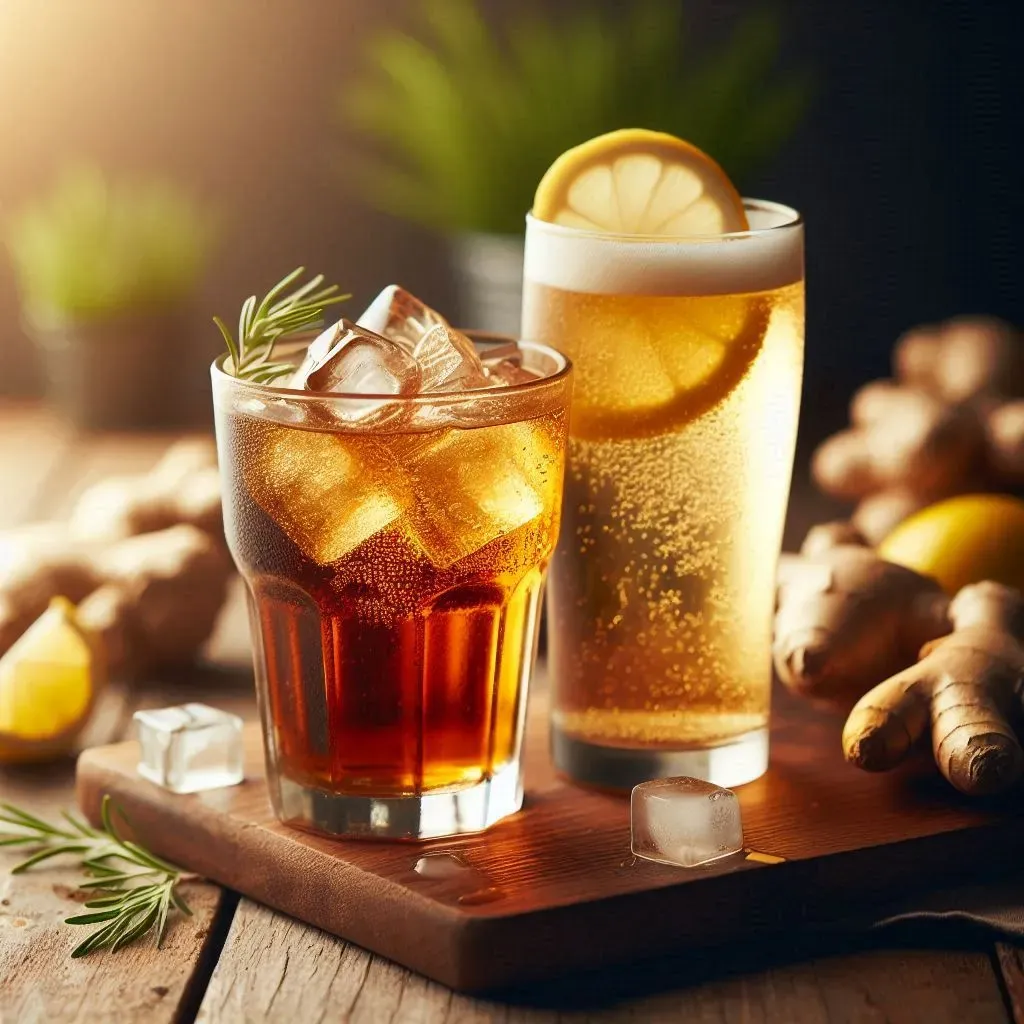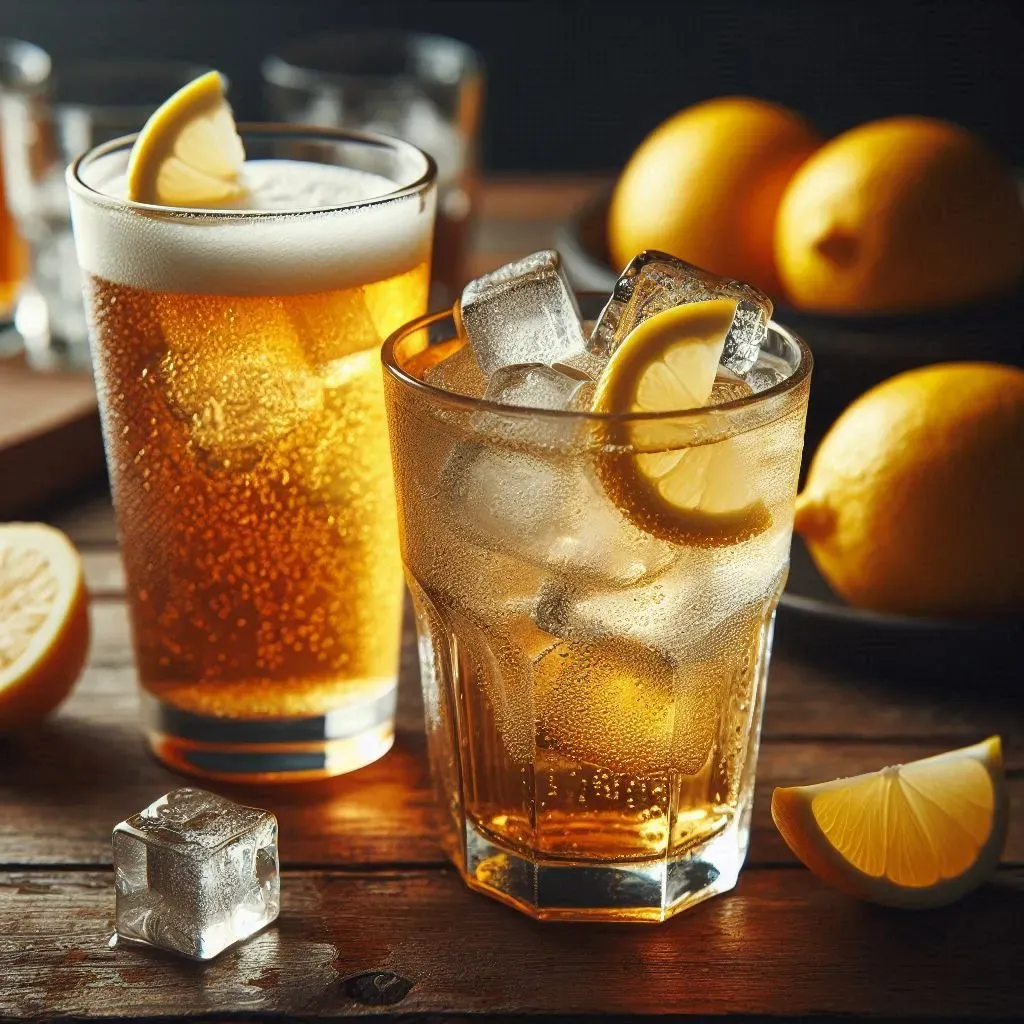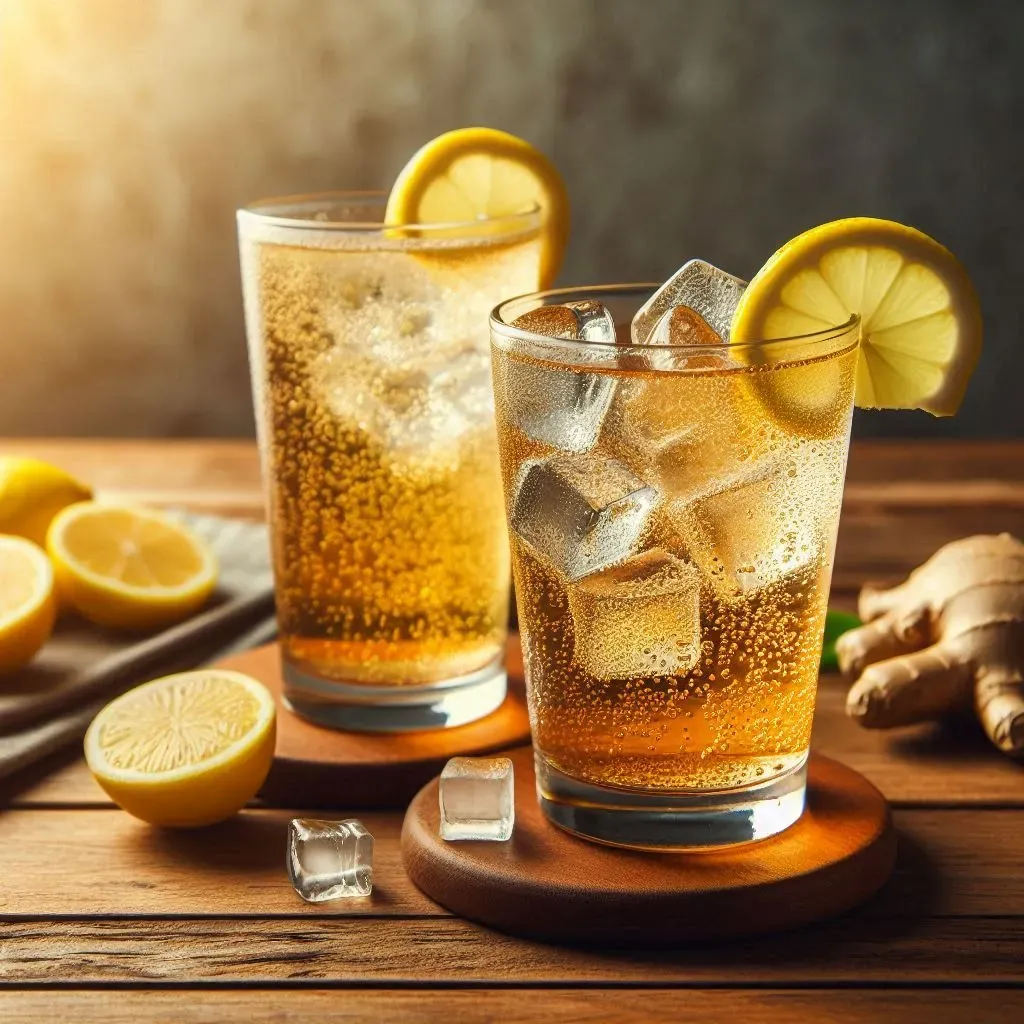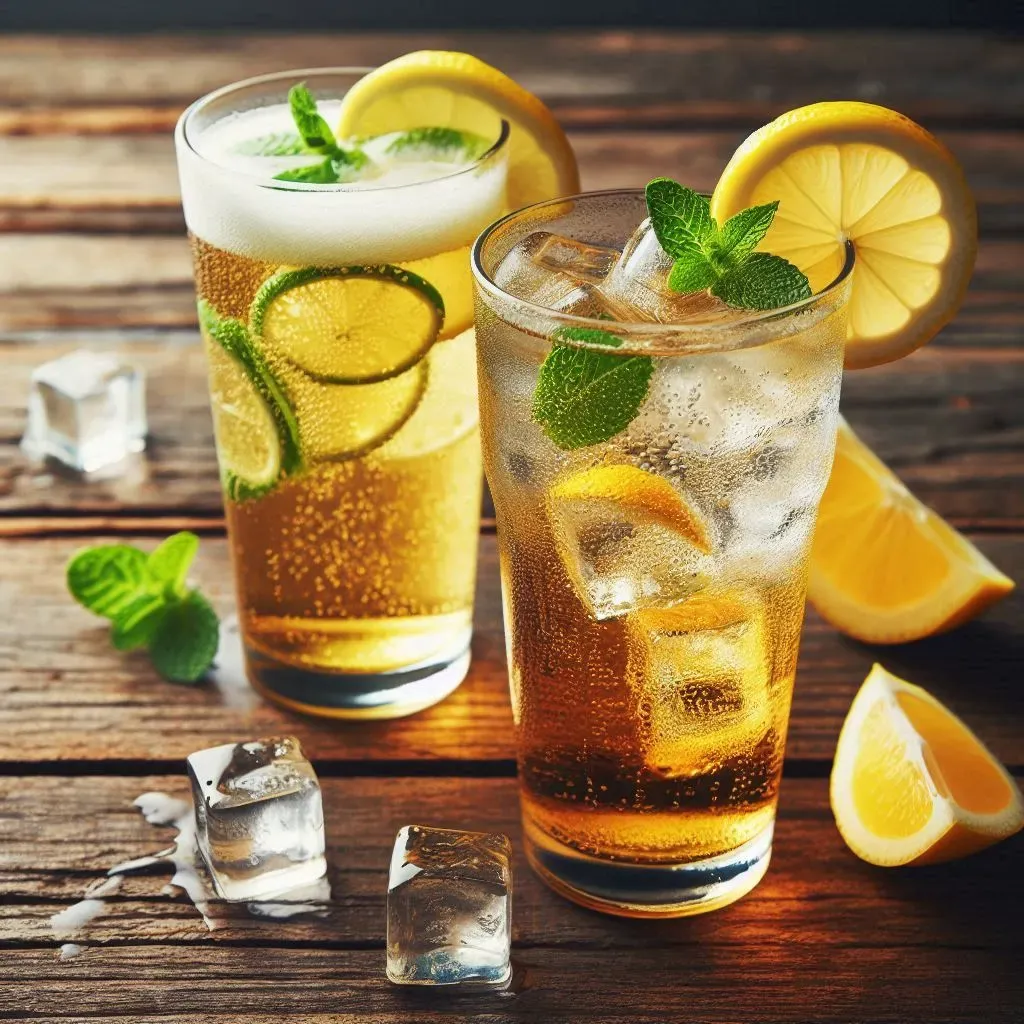
Table of Contents
Best App for Audiobooks: Your Guide to Top Choices
Audiobooks have revolutionized how we consume literature, offering a convenient way to enjoy books while commuting, exercising, or even relaxing at home. With a variety of apps on the market, finding the best one depends on your preferences, such as catalog size, pricing, or unique features. In this article, we’ll explore the best audiobook apps available today, helping you choose the one that best suits your needs.
1. Audible: The Gold Standard for Audiobooks
When discussing audiobook apps, Audible is often the first name that comes to mind. Owned by Amazon, Audible is the world’s largest audiobook platform, offering a massive collection of over 200,000 titles.
Key Features:
- Huge Selection: Audible’s library ranges from bestsellers and classics to lesser-known titles, covering nearly every genre imaginable.
- Exclusive Content: With Audible Originals, users gain access to unique audiobooks and podcasts that aren’t available anywhere else.
- Flexible Subscription: The membership model grants you one credit per month, redeemable for any audiobook, regardless of price. Audible also offers additional purchases and access to free podcasts.
- Whispersync: This feature syncs your reading and listening progress across devices, allowing you to switch seamlessly between an eBook and its audiobook version.
Pros:
- Massive collection of audiobooks
- High-quality narration and sound production
- Whispersync between Kindle and Audible
- Offline listening
Cons:
- Relatively expensive subscription
- Limited free content
2. Libby: Best Free Option via Libraries
For those looking for a free alternative, Libby by OverDrive offers an impressive selection of audiobooks through your local library. As long as you have a valid library card, you can borrow audiobooks and eBooks without paying a dime.
Key Features:
- Free Audiobooks: Libby is completely free, provided you have access to a participating library.
- Diverse Titles: While the selection depends on your library, you’ll find a wide variety of popular and classic titles.
- Borrowing System: Just like physical books, some titles may have a waitlist if they’re popular. However, there’s no limit to how many books you can borrow over time.
- Offline Listening: Borrowed audiobooks can be downloaded and listened to offline.
Pros:
- Free with a library card
- Access to thousands of audiobooks and eBooks
- User-friendly design
- Syncs across devices
Cons:
- Limited by your library’s selection
- Potential wait times for popular books
3. Scribd: Unlimited Access to Audiobooks
If you’re a voracious listener who wants more than just audiobooks, Scribd offers a multi-faceted subscription service. With Scribd, you gain unlimited access to audiobooks, eBooks, magazines, and other forms of digital content.
Key Features:
- All-in-One Subscription: Scribd provides unlimited access to audiobooks, along with eBooks, podcasts, sheet music, and even academic papers.
- Large Audiobook Catalog: Although not as vast as Audible’s, Scribd still offers an impressive selection of titles across various genres.
- Offline Access: Like most audiobook apps, Scribd allows you to download content for offline use.
Pros:
- Unlimited audiobooks and more for a single subscription fee
- Access to various types of media, including eBooks and magazines
- Affordable subscription model
Cons:
- Some content might be restricted if used excessively within a billing cycle
- Not as extensive a collection as Audible
4. Google Play Books: Pay-As-You-Go Flexibility
For listeners who prefer not to commit to a subscription service, Google Play Books offers a straightforward a la carte model. You can purchase and own audiobooks outright, with no need for monthly fees.
Key Features:
- No Subscription: Google Play Books operates on a buy-what-you-want basis, making it ideal for casual listeners who prefer not to commit to monthly plans.
- Cross-Platform Syncing: Your progress is synced across devices, so you can switch between reading and listening seamlessly.
- Special Deals: Google frequently offers discounts, sales, and bundles on audiobooks.
Pros:
- No subscription necessary
- Own the audiobooks you buy
- Regular sales and promotions
- Cross-device syncing
Cons:
- Can become expensive if you listen to many audiobooks
- No unlimited access option
5. Kobo Books: Ideal for International Audiobooks
If you’re looking for a global alternative to Audible, Kobo offers a similar experience with a diverse selection of audiobooks. Kobo is particularly popular among international users and those who already use Kobo eReaders.
Key Features:
- Global Audiobook Collection: Kobo offers audiobooks in multiple languages, making it a great choice for listeners seeking international or non-English titles.
- Subscription Model: Like Audible, Kobo offers a monthly membership plan where you get one credit for an audiobook of your choice, along with additional discounted purchases.
- Integrated Reading & Listening: Sync your audiobooks with Kobo eReaders and other devices for a seamless reading and listening experience.
Pros:
- Offers books in various languages
- Competitive pricing on audiobooks
- Great for Kobo eReader users
Cons:
- Smaller selection compared to Audible
- Limited original content
6. Audiobooks.com: A Versatile Audiobook Platform
Audiobooks.com offers a well-rounded audiobook service with both subscription-based and a la carte purchasing options. It also includes a rotating selection of free titles and personalized recommendations based on your listening habits.
Key Features:
- Free Trial: New users get one free audiobook upon signing up.
- Subscription Model: The subscription includes one credit per month, plus access to free audiobooks through a rotating selection.
- Smart Recommendations: The app learns from your listening history to suggest new books tailored to your preferences.
Pros:
- Generous free trial and rotating free audiobooks
- Wide variety of titles
- Personalized recommendations
Cons:
- Limited to one audiobook per month on subscription
- Slightly higher cost than other services


Conclusion
Each of these audiobook apps has its strengths, and the best one for you depends on your personal preferences. Audible remains the industry leader with its vast library and exclusive content, but if you’re looking for a free option, Libby is hard to beat. Scribd is ideal for those who want unlimited access to a wide range of digital content, while Google Play Books and Kobo are perfect for those who prefer pay-as-you-go flexibility. No matter your choice, these apps offer excellent options for enjoying audiobooks wherever life takes you.
Toy Poodle: The Perfect Petite Companion – love a happy home (loveahh.com)
- 100 Best Funny Dad Jokes 2025 In-Depth Guide
- 100 Best Funny Games 2025 In-Depth Guide
- 100 Best Funny Names 2025 In-Depth Guide
- 100 Best Good Jokes 2025 In-Depth Guide
- 100 Best Christmas Jokes 2025 🎅 In-Depth Guide
- 100 Best Corny Jokes 2025 In-Depth Guide
- 100 Best Kids Jokes 2025 In-Depth Guide
- 100 Best Knock Knock Jokes 2025 In-Depth Guide
- 100 Best Dark Jokes 2025 😈 | In-Depth & Hilarious Guide
- 100 Best Dark Humor Jokes 2025 In-Depth Guide
- 100 Attractions in the World 2025 In-Depth Guide
- Amazon Best Sellers in Clothing Shoes: Top 10 2025
- Walmart Photo Center: The Ultimate Guide 2025
- Capybara as a Pet: The Ultimate Guide 2025
- Top 100 Attractions in the World 2025
- US Female Movie Stars Top 10 2025 In-Depth Guide










































